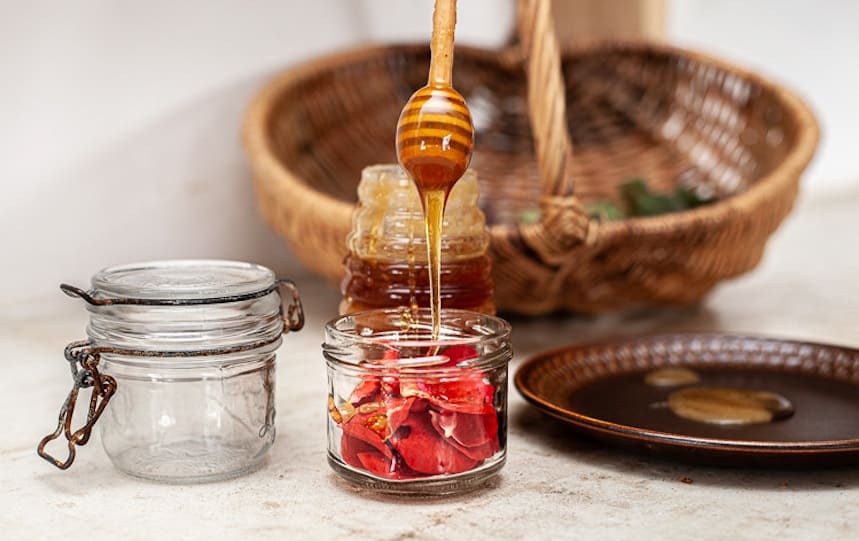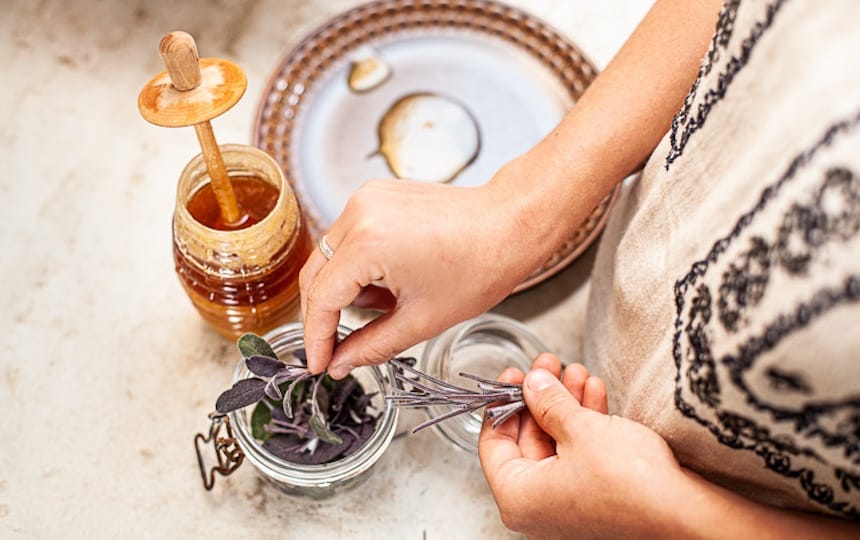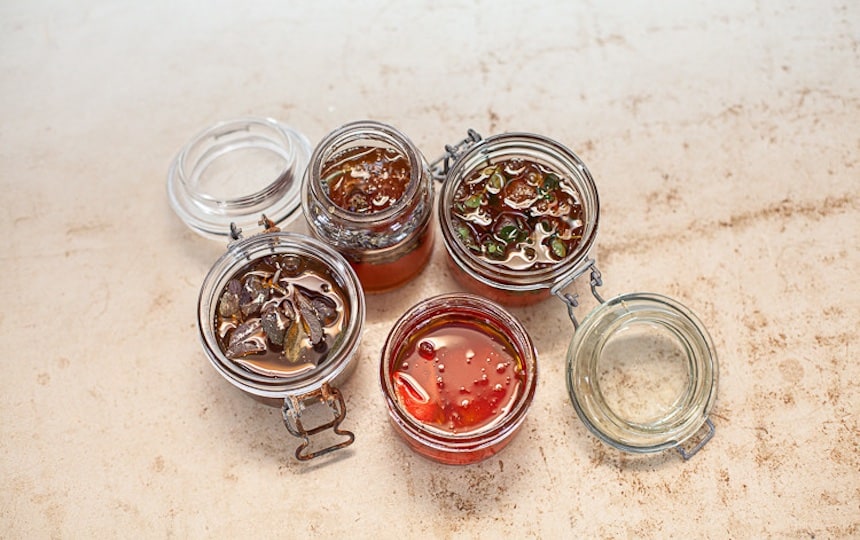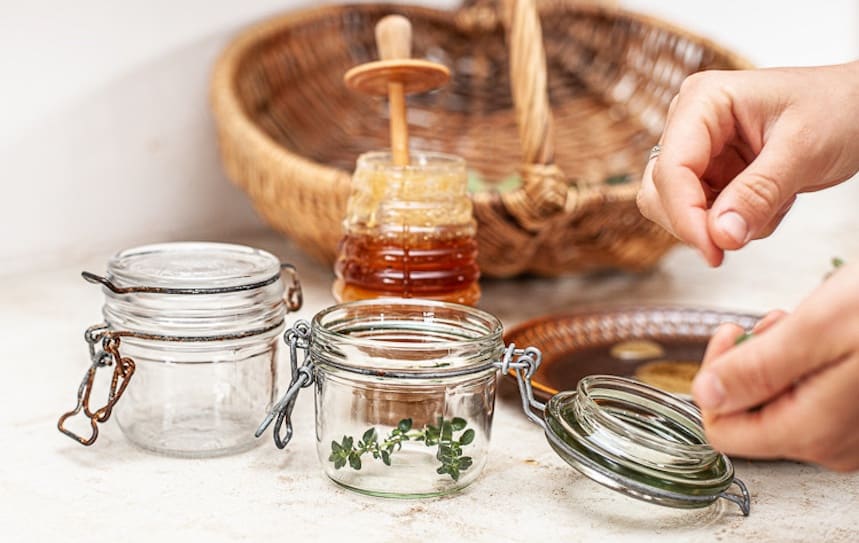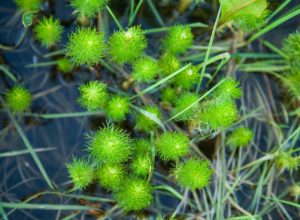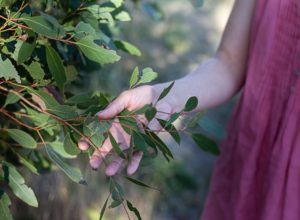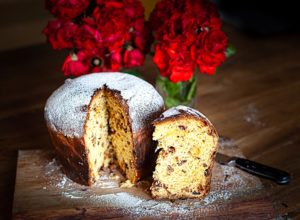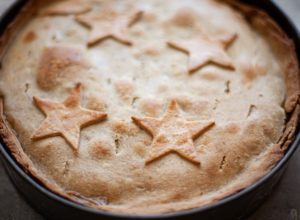As well as being delicious, herb infused honey and honey ferments boast a multitude of health benefits.
There is no other raw ingredient in your pantry quite like honey. Its shelf life seems endless and it doesn’t require added preservatives to keep it that way.
It is this feature that makes honey a potent medicinal and when combined with herbs or fermentation an indispensable staple.
Honey’s role in the kitchen goes far beyond the sweetening of drinks and pancakes. It’s immuno-activating, anti-inflammatory and prebiotic activity can fight microbial infection in the treatment of wounds both in animals and humans, as well as providing important nutrients and digestive aid.
The health benefits of honey
Honey has potent antibacterial properties which make it an important dressing for accelerating wound healing, treating ulcers, bed sores and other skin infections resulting from burns and wounds.
Its ability to maintain a moist wound environment, together with its high viscosity, provides a protective barrier against infection.
It’s constituent minerals: chrome, manganese and selenium are particularly important in children aged one to 15 years. One of its nutrients, choline, is essential for cardiovascular and brain function, for cellular membrane composition and repair. Acetylcholine acts as a neurotransmitter.
When combined with herbs the positive benefits of honey and herbs can be used simultaneously.
The health benefits of herbs
Thyme is antimicrobial and helps to fight E. coli strains. Fresh thyme has the highest level of antioxidants among all herbs and antioxidants help to protect DNA.
Lavender is a known anticonvulsant, anti-depressive, anxiolytic and sedative. It helps to relax the nervous system and to reduce symptoms of anxiety.
Rose too is antibacterial, antifungal and an antioxidant. Rosehips are a rich source of vitamin C.
Leaves of sage are used for the relief of headaches and abdominal pain, and possess antioxidant, anti-inflammatory and antimicrobial activities.
How to make herb infused honey
Harvest thyme, sage, lavender, rosehips or rose petals and wash them. Pat them dry with a clean tea towel. Leave whole and place in small sterilised jars.
To sterilise, place clean jars in a pot of warm water. Bring to the boil and boil for 10 minutes. Allow the jars to cool before introducing herbs and honey.
Use raw honey not treated by heat. Place less than a handful of each herb in individual jars and fill with honey. Leave head room and store away from direct light.
The honey preserves the freshness of itself and the herb through its antimicrobial properties and over time the two will become one as they take on each other’s flavour and properties. Keep for three weeks before using to allow transmission of flavour into your herb infused honey.
Honey herb ferments
Kick start a honey and herb fermentation by using a larger proportion of herbs in a bigger jar. When the ratio of herbs to honey increases, the water content in herbs will catalyse fermentation.
Fill a jar almost 3/4 full with a herb of your choice, pack in tight, then cover with honey and leave 3cm head space. Use a chopstick to allow the honey to run down to the bottom, or add honey to the bottom first then add herb, honey, herb in sequence. But make sure there is more herb than honey. Close jar with lid and place at room temperature. Rest on a plate to catch fermentation spill.
The original medicinal properties of herb and honey will change during fermentation. Fermentation brings with it, its own medicinal values. But to accurately ascribe the difference in values between honey herbs which mummify the herb introduced, and honey herb ferments which catalyse fermentation and break down sugars in honey, is beyond the scope of this post.
Uses of honey herbs
Use rose petals, sage, lavender and thyme honey herbs or honey ferments to flavour roast vegetables, salads, blue cheese, meat roasts (add after baking has finished), teas and soups.
Use honey herbs as a poultice for treating bumblefoot in poultry and minor burns and wounds in people. Ingest a teaspoon of honey herb of your choice according to symptoms being addressed.
Images: Village Dreaming

